ASSISTED REPRODUCTION
IN VITRO FERTILIZATION
In vitro fertilization is an assisted reproduction technique that involves fertilization of the ovum by a sperm in a high-tech laboratory (in vitro) to subsequently transfer the embryo into the woman’s uterus, where implantation will be expected and The development of a pregnancy.
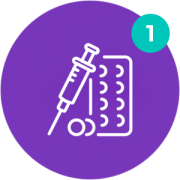
OVARIC STIMULATION
It begins at the beginning of menstruation with the administration of subcutaneous and / or oral injected medication, which will facilitate the growth of multiple follicles in the ovary. The medications and doses used will depend on the case of each patient.

CYCLE MONITORING
The monitoring is done by ultrasound and, depending on the results observed, decisions will be made about the adjustment of the doses of the medications used. Subsequently, the indicated time to proceed to follicular aspiration will be determined.
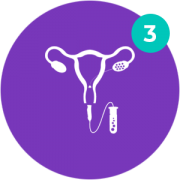
FOLICULAR ASPIRATION
It consists of recovering the ovules that responded to the medication. This procedure will be performed in the operating room and the ovules will be obtained vaginally and guided by ultrasound. Before starting, the patient will receive anesthesia so as not to feel discomfort.
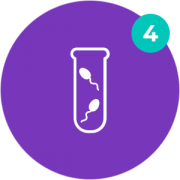
SEMEN PREPARATION
Seminal sample is obtained, then it is delivered to the laboratory, where it is processed and trained for its application in assisted reproduction, either for use in IVF, ICSI or intrauterine insemination.

IN VITRO FERTILIZATION
After the aspiration of the ovules, these will be classified in the laboratory to later be inseminated with sperm of the couple, trying to achieve the union of both. Generally, fertilization will occur 18 hours after insemination.
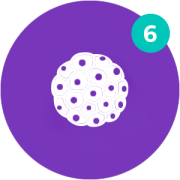
EMBRYO CULTURE
Upon completion of the fertilization process, the resulting embryos will initiate a cell division process and will be cultured until they are ready to be transferred to the patient’s uterus.

EMBRYO TRANSFER
This step is crucial in the culmination of the process, and must be executed with great caution. After the optimal embryos are selected to be transferred, a special cannula will be used and with the ultrasound support it will be verified that it is properly proceeded. After the transfer, it is recommended to continue with medications that will support pregnancy.

PREGNANCY TEST
It is done approximately 2 weeks after embryo transfer.
ASSISTED REPRODUCTION
FIV-ICSI
ICSI (acronym in English) consists of fertilization of the ovules by injecting a sperm directly into your cytoplasm. It is applied if there is a problem with the ability of a sperm to fertilize the egg (either due to low sperm count or poor sperm quality), the most common and accurate method to solve it is ICSI.
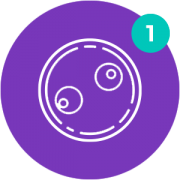
The eggs are recovered in the same way as if a Conventional IVF was performed.

The sperm are recovered from a sperm sample or directly from the testis.
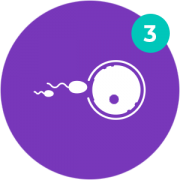
The eggs and sperm are fertilized in the laboratory by direct injection of a single sperm into each egg.
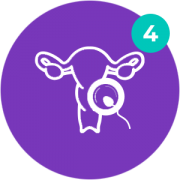
Two to five days later, the resulting embryos are placed in the uterus (without surgery)
ASSISTED REPRODUCTION
INTRAUTERINE ARTIFICIAL INSEMINATION
Artificial Insemination is a procedure of low complexity, outpatient, the candidate couples for this treatment have:
Slight seminal alteration | Minimal or mild endometriosis | Alteration in the cervix | Ovulation problems.
Artificial insemination improves the ability of interaction between sperm and ovum to reach the tubes, and be fertilized. Ovarian stimulation is performed with a lower dose of medication and lower cost. For the treatment of intrauterine artificial insemination, it is necessary to check the permeability of at least one fallopian tube. (Unlike in vitro fertilization).
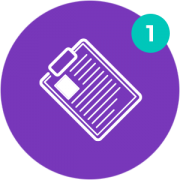
FOLICULAR FOLLOW-UP
The process of ovulation is monitored by hormonal tests and ultrasound.

SPERM TRAINING
After 2 to 3 days of withdrawal (without ejaculation) semen is collected. The sample is cleaned by placing it in a special solution that facilitates the mobilization and progression of sperm.
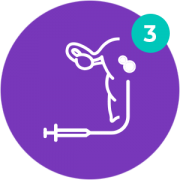
INSEMINATION
The sample is placed in a flexible catheter and injected into the uterine cavity through the cervix.
